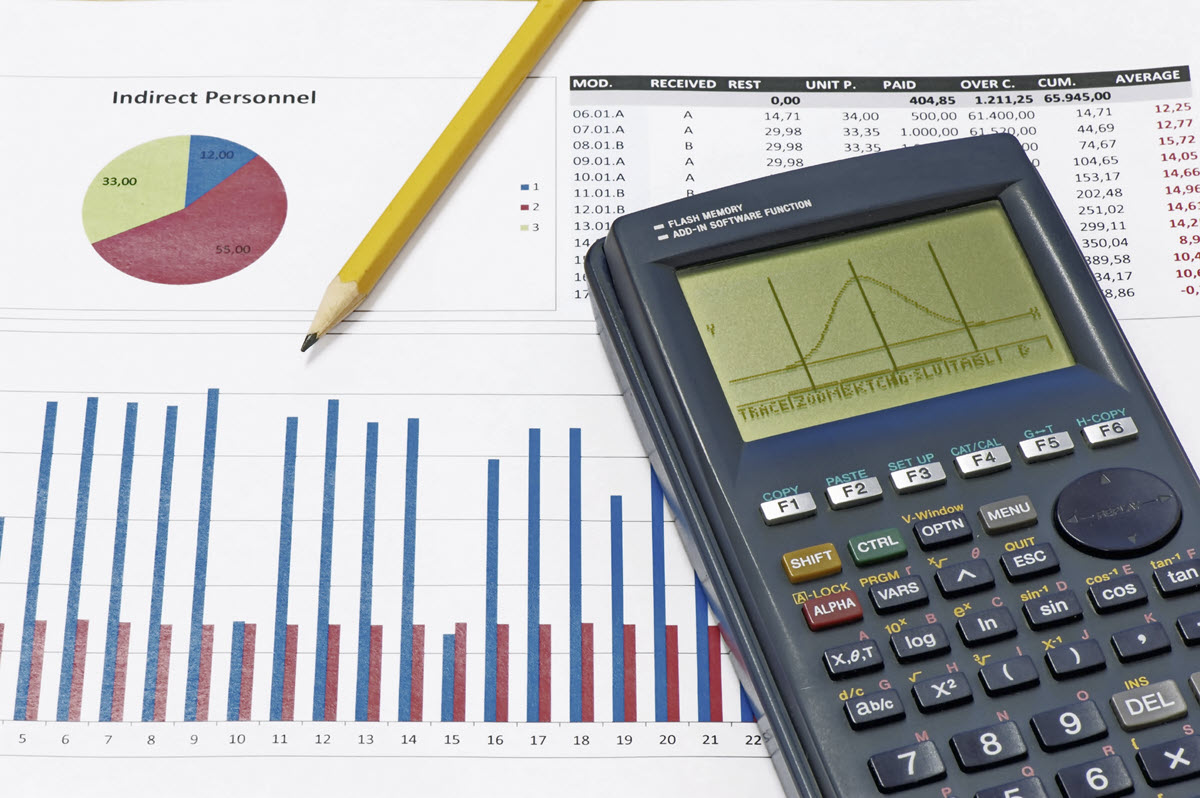Your cart is currently empty!

The Six Sigma Training Framework
The Six Sigma framework is the process that Six Sigma trainees use to evaluate their businesses and create more powerful projects that lead to increased capital and a more effective workflow. DMAIC is the acronym for the Six Sigma framework and stands for Define, Measure, Analyze, Improve, and Control. By following the DMAIC process, businesses can minimize error rates, build customer relationships and customer loyalty, and increase their profit margin.
So, what is DMAIC methodology? The first step in the Six Sigma framework is “D” for Define. For each project, individuals must first define the goals of the activity that they wish to improve upon. In this step, individuals will identify who the customer is, what the key metrics are, and what will be considered “successful” for the project. The second step is “M” for Measure. This is where individuals set up avenues to collect the necessary data, decide how progress will be measured, and determine what the drivers are for the project.
The third step is the step where individuals need to use their new Six Sigma skill sets to Analyze the data that they have collected and compare it to the deliverables that were chosen in the first step of the process. In the “A” for Analyze step, individuals will locate the root causes of problems and the root causes of success for the project based on an analysis of the data. In the fourth step, “I” for Improve, individuals will figure out how they can improve their project and create a new project plan that specifically outlines what the changes are as well as what needs to be done in order to implement the new changes. The final step “C” for Control, asks individuals to determine how they will ensure that these improvements are maintained leading to lasting project success.

Leave a Reply